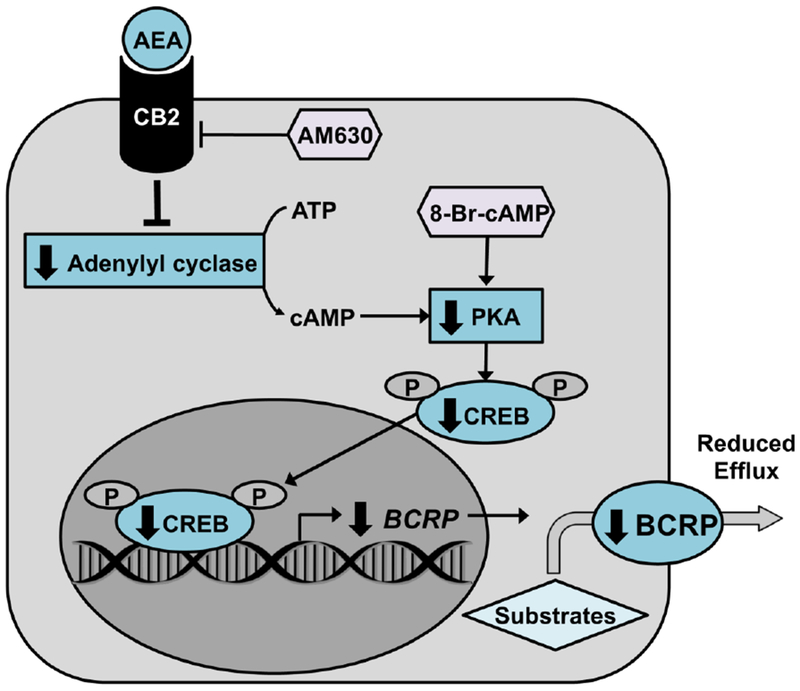Fig. 8. Proposed mechanism of AEA-mediated down-regulation of BCRP and syncytialization-related genes.

AEA binds to and activates the CB2 receptor, which in turn inhibits adenylyl cyclase. The corresponding decrease in cAMP production reduces basal protein kinase A (PKA) activation and, therefore, CREB phosphorylation. The DNA sequence for BCRP, along with genes involved in trophoblast syncytialization, contain a cAMP response element (BP −504 to −403) to which p-CREB would normally bind. Decreased p-CREB signaling would therefore reduce BCRP transcription and efflux activity.
